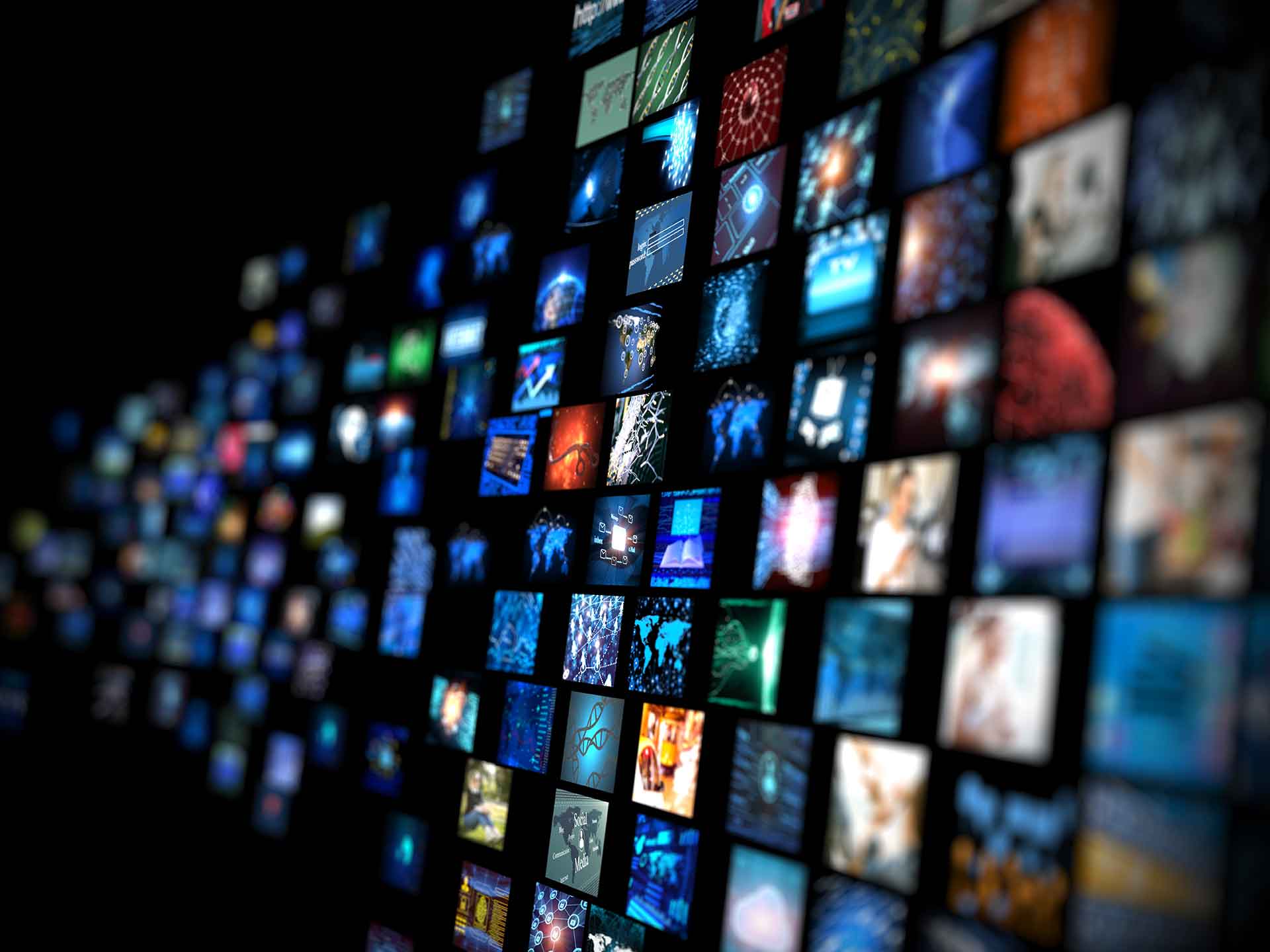
Insights
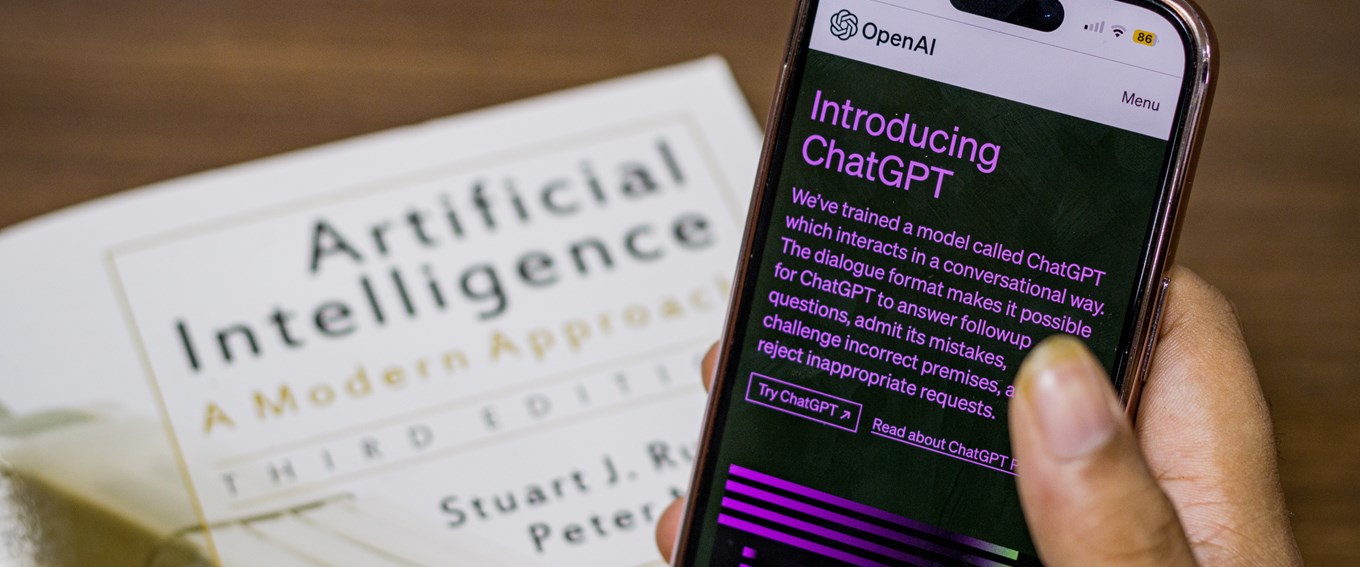
Can a chatbot purport to ‘create’ anything? The relationship between AI and IP
By Ellie Webb, Head of Delegated Cyber & IP Cyber & Enterprise Risk
Wednesday, April 26, 2023
‘My ideas are mine, you see
Protected by law, that’s key
Don’t steal, don’t copy, don’t even try
Or I’ll send my lawyer, don’t make me pry!’
The above poem was written by Artificial Intelligence (AI) system ChatGPT and, although its poetry may leave a lot to be desired, somewhat ironically ChatGPT does not own the copyright over this work. In fact, when I questioned it, the system stated: “As an AI language model, I am not capable of owning intellectual property.” Although this statement sounds simple, it is not necessarily as straight forward as it sounds.
The relationship between AI and intellectual property is complex, and it raises a litany of considerations for the sector.
Who owns AI creations?
The relevant case law in the UK is Thaler v Comptroller-General which was heard by the UK Supreme Court on the 2nd of March 2023 [1]. In 2018, Dr Thaler filed two GB patents, which cited an AI machine called DABUS as the inventor. These were rejected by the UK Intellectual Property Office, with the rationale being that Dr Thaler had failed to identify the person believed to be the inventor. Subsequent appeals by Dr Thaler to the High Court and Court of Appeal were also dismissed.
It would be a significant departure from the norm should the Supreme Court decide that ‘non-human’ inventors should be permitted under the Patents Act. In a similar vein, Dr Thaler’s attempts to file for US copyright on behalf of DABUS for a work it generated were also unsuccessful [2]. Nonetheless, the Supreme Court ruling, which is expected “as soon as reasonably practicable” [3], should bring certainty to an issue that is likely to become increasingly relevant as AI systems develop more intelligence and entwine with technology.
What happens if AI models use protected material?
The generative AI models at the centre of so much debate require a monumental amount of ‘input’ data to be effective. While it is possible to use material that is in the public domain for training purposes, allegations of infringement could be raised where protected works are used without authorisation of the owner [4].
For example, Getty Images recently initiated legal proceedings against Stability AI, stating in their press release that the company had “unlawfully copied and processed millions of images protected by copyright” [5]. At the same time, the company stated that it provides “viable licensing options” to many innovators for the purpose of training AI systems.
While this may feel like more familiar ground for the IP world, many experts also agree that proving infringement by AI systems could be extremely complex where ‘black box’ decisions are being made [6]. Herbert Smith Freehills put this into context, stating in a recent article that:
“The fact that it is difficult, or impossible, to know what a computer system does with material it is provided for learning means it may be more challenging, for example, for a copyright owner to establish that an AI system made unauthorised use of their work, or a patent owner to establish that an AI implements a method claimed by their patent.” [7]
An additional layer of complexity arises in proving where any alleged infringement took place. The neural network of an AI system could be hosted across different territories, which all have varied IP law frameworks and approaches to AI. For example, the EU’s Digital Single Market Directive contains an exemption for text and data mining - a process that many AI developers use to obtain training materials - that can apply for commercial purposes, but as it stands, this exemption only exists for non-commercial purposes in the UK 3. Applying these checkered legal requirements across a complex product footprint would be challenging.
What about the AI model outputs?
Whether works generated by AI models can be protected is not the only question on the minds of IP and legal experts, potential for infringement is also being discussed.
It is well within the capabilities of the current AI models to produce a work in the style of a famous human creator. For example, asking DALL-E to produce a painting of the Lloyd’s building, in the style of Van Gogh results in…
“A painting of the Lloyd’s of London building in the style of Van Gogh” Generated by DALL-E.
Generative AI systems do not produce such images by collaging parts of relevant training materials. Instead, they are trained to create works that are statistically similar to the training data4. In addition, copyright only protects the expression of ideas, not styles, themes or vibes.
However, some artists are arguing that AI models are starting to resemble exact replicas of their work [8], noting that the legal principles in the context of AI generated works has not yet been tested. Also up for debate, is where liability would lie should an infringement allegation be brought in relation to an AI work? Is it with the creators of the AI system, who may have trained the model, or could the end user be liable because of the inputted request that led to the work’s creation? [7]
Final thoughts
In February, Reuters reported that ChatGPT has become the fastest-growing consumer application of all time [9]. More widely, McKinsey estimated that AI will contribute USD 15.7 trillion to the global economy by 2030 [10], and the World Intellectual Property Office have reported a boom of AI-related inventions as the technology gains momentum on its shift from theoretical to commercial applications [11]. The expansion of AI seems inevitable, and I will not be surprised should it also lead to a coordinated rise in AI related IP litigation.
We may not know all the answers as to how AI and IP rights should interact right now, but in any case, it looks like the law will be at the cutting edge when disputes inevitably arise.
[1] https://www.supremecourt.uk/cases/uksc-2021-0201.html
[2] US Copyright Review Board, February 2022. Microsoft Word - 2022.02.14 SIGNED Paradise (AI) Draft Review Board Letter.docx (copyright.gov)
[3] https://www.twobirds.com/en/insights/2023/uk/rapid-reaction-who-needs-an-inventor-uk-supreme-court-hears-dabus-ai-patent-appeal
[4] Guadamuz, Andres, A Scanner Darkly: Copyright Infringement in Artificial Intelligence Inputs and Outputs (February 2023).
[5] https://newsroom.gettyimages.com/en/getty-images/getty-images-statement
[6] https://www.gov.uk/government/consultations/artificial-intelligence-and-intellectual-property-call-for-views/government-response-to-call-for-views-on-artificial-intelligence-and-intellectual-property#executive-summary
[7] Herbert Smith Freehills: TechQuake - AI (hsf.com)
[8] Gerratana, F.L. et al. Lensa: Are AI Art Generators Copyright Infringers? February 2023. Available at: https://www.mintz.com/insights-center/viewpoints/2231/2023-02-14-lensa-are-ai-art-generators-copyright-infringers
[9] ChatGPT sets record for fastest-growing user base - analyst note | Reuters
[10] Rao, A. and Verweij, G. 2017 PwC’s Global Artificial Intelligence Study: Sizing the Prize. PWC.
[11] WIPO. 2019. WIPO Technology Trends 2019: Artificial Intelligence. Geneva: World Intellectual Property Organization.
LATEST INSIGHTS
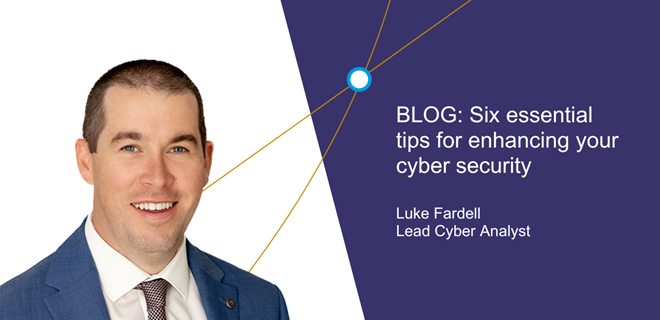
Six essential tips for enhancing your cyber security
By Luke Fardell, Cyber Security Specialist
10 June 2025
If I told you that, as of right now, any key could open your front door, you would rush home and change the lock immediately. Faced with the very real possibility that quite literally anyone could access your home, you would take swift, preventative action.
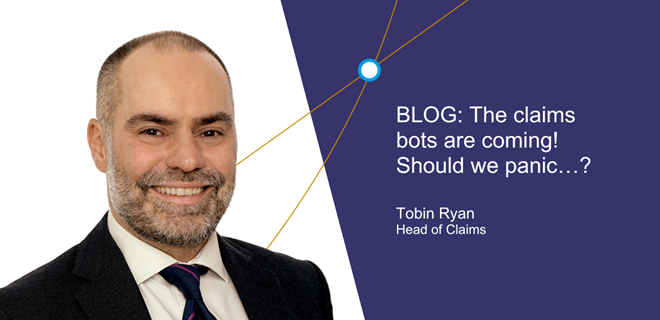
The claims bots are coming! Should we panic…?
By Tobin Ryan, Head of Claims
06 May 2025
Remember the 1980s? “Claims will be done by a computer”. “Most claims professionals will be out of a job”. “Those left will see how they work and do business change radically”. “Our market as we know it and the relationships that underpin it will cease to exist”.” “Shoulder pads will be with us for ever”.
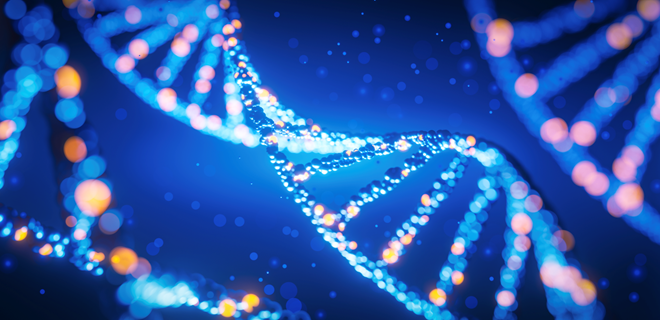
How to tackle the triple threat to women’s health
03 March 2025
Kirsten Shastri explains how to overcome the barriers and unlock innovation in female healthcare.